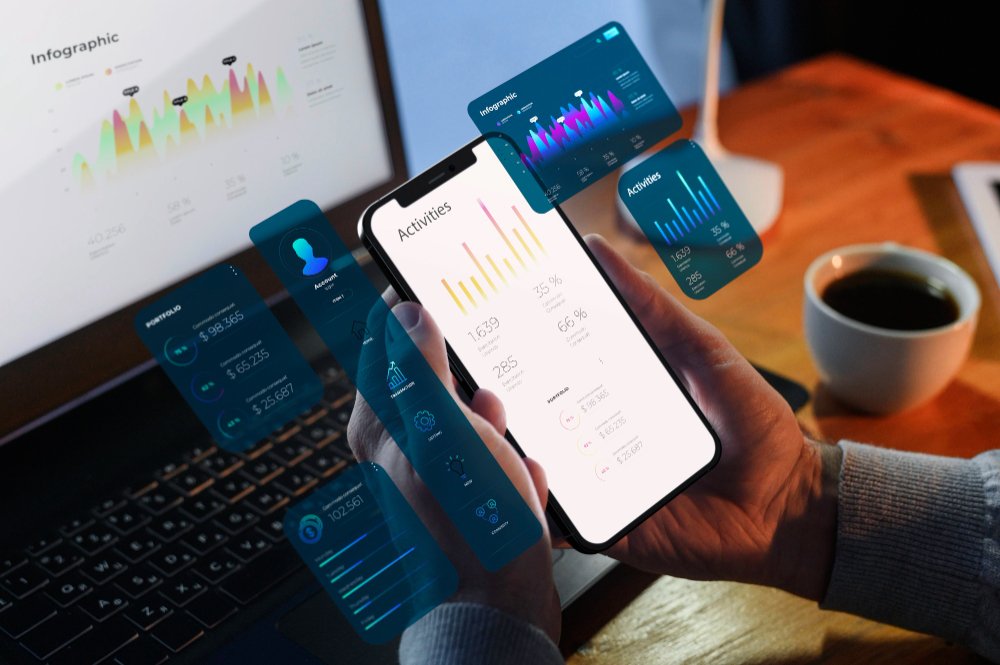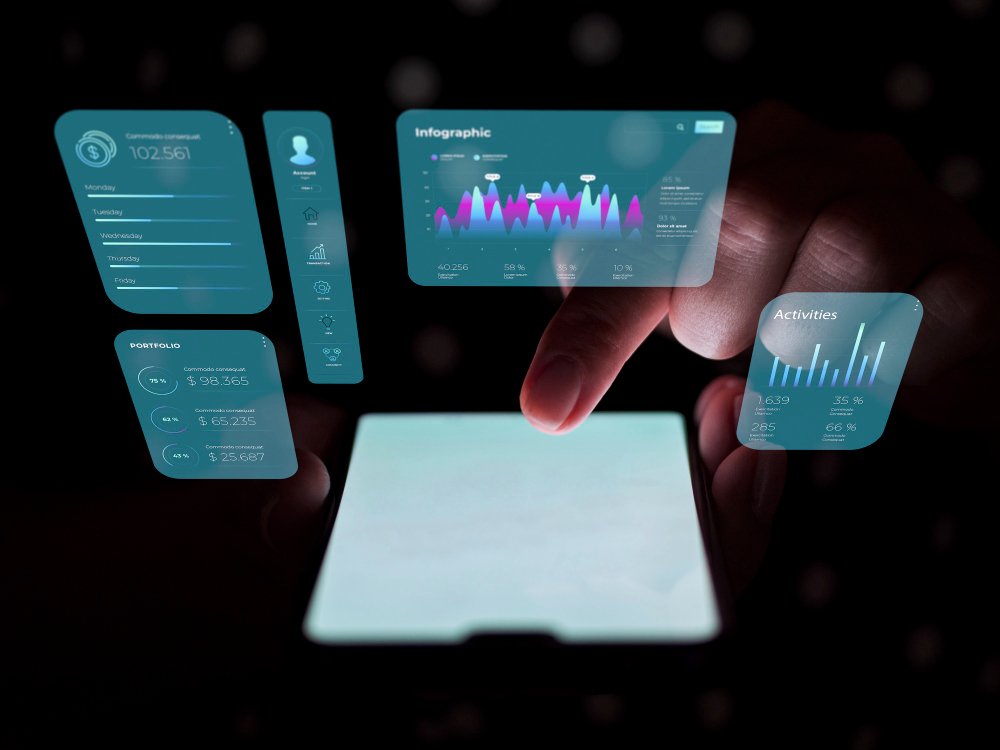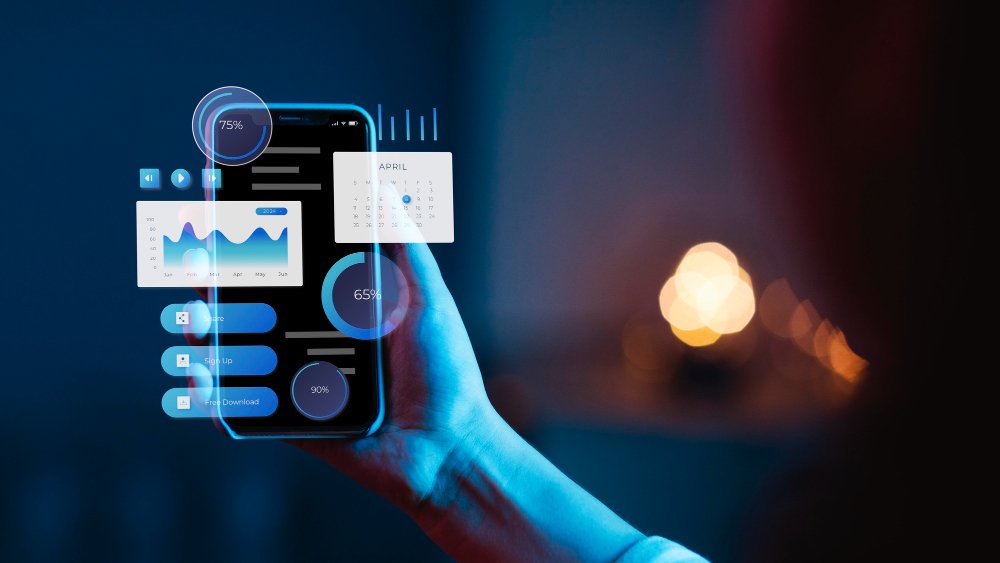In today’s economically challenging environment, companies are constantly looking for ways to reduce costs and improve productivity. Artificial Intelligence (AI), with its promise of automation and speed, has quickly become a go-to solution across numerous industries, including language services.
Recent reports suggest that businesses adopting AI-powered translation and interpreting tools have achieved up to a 50% cut in expenses and a 30% boost in efficiency. Sounds impressive, right?
But here’s the twist: this very progress might be threatening the future of human interpreting.
While AI brings potential, it’s still far from perfect, and when communication truly matters, its limitations become hard to ignore.
- Accuracy Still Has a Long Way to Go
AI systems often falter with complex grammar, idioms, and context-specific meanings. In high-stakes environments such as courtrooms, hospitals, or immigration offices, even minor misinterpretations can lead to serious consequences. Machine-generated translations lack the nuance needed for precision. That’s why professional interpreters remain vital, especially when accuracy isn’t optional.
- Culture Can’t Be Coded Easily
Language is deeply tied to culture, and that’s something AI hasn’t fully grasped. It struggles with regional dialects, sarcasm, humor, and cultural references that shape how people truly communicate. What makes sense in one culture might be offensive or confusing in another, and AI isn’t equipped to navigate that minefield effectively.
- Sensitive Information Deserves Better Protection
Many AI platforms operate through cloud-based infrastructures, which come with potential security vulnerabilities. When dealing with private conversations in healthcare, legal, or governmental settings, a single data breach could expose sensitive information. From weak encryption to system bugs, relying entirely on AI increases the risk of privacy violations.
- Machines Don’t Feel, And That’s a Problem
Communication isn’t just about words. Empathy, emotion, and timing often define the impact of a message. Human interpreters can pick up on emotional cues, adapt tone, and convey urgency, something AI simply cannot replicate. In fields like mental health or social work, this emotional intelligence is not optional, it’s critical.
AI Should Assist, Not Replace
The solution isn’t to reject AI outright. It’s about finding balance. When used responsibly, AI can support interpreters by handling repetitive tasks or low-risk content, allowing human professionals to focus on sensitive, nuanced, or emotionally complex interactions.
The interpreting industry doesn’t need to fear AI, but it must be cautious. Technology should be seen as a tool, not a substitute for the human connection that makes communication meaningful.
Final Thought
Innovation should move us forward, not erase the very things that make us human. As we integrate AI into language services, let’s ensure we value empathy, context, and human expertise as much as we value speed and efficiency.
Because when it comes to understanding each other, people still do it best.
 AW HOLDING
AW HOLDING
 Tel: +971 24912220
Tel: +971 24912220
 sales@awprotranslations.com
sales@awprotranslations.com

















